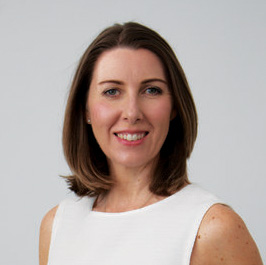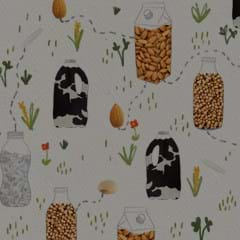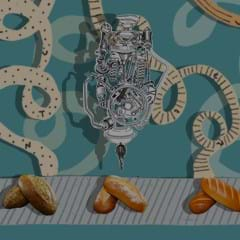How often do you think about your bones? When we exercise, unless we’re injured, we tend not to give our skeleton a thought. And yet by working out – and by eating well – we make a big difference to how our bones will function as we get older.
A really important dietary element of this is calcium. It’s is essential in our bodies; it builds and maintains bones, and also enables the blood to clot, muscles to contract, and helps regulate blood pressure. Ninety nine percent of the body’s calcium is stored in our bones and teeth. The rest can be found circulating in the body, where it plays those important roles in heart health, muscle and nerve contraction and blood clotting.
If we don’t get enough calcium, the body compensates by maintaining circulating levels of calcium at the expense of our bones. Our clever system will basically “steal” calcium from bones to keep everything else going.
This is one of the main reasons why older people are at high risk of fractures: calcium depletion over time.
Around the world, osteoporosis – when the bones become porous and prone to fracture – is estimated to affect 200 million women; approximately 10 percent of women aged 60, one in five women aged 70, two in five women aged 80, and two thirds of women aged 90, according to the International Osteoporosis Foundation. It says one in three women over 50, and one in five men, will experience an osteoporotic fracture.
So how do we avoid being one of those statistics?
We build our bones’ calcium stores when we’re young – up until our mid-20s, when we reach what’s known as “peak bone mass”. The higher our bone mass, the less likely we’ll have a fracture later in life.
As we get older, though, it’s important to keep our bone mass as high as possible. We do that in several ways.
First, by eating calcium-rich foods. That means, ideally, dairy products, which are one of the best sources of calcium. Getting a couple of servings (at least) of milk, cheese and yoghurt each day will be a great start.
Calcium can also be found in sesame seeds, nuts, prawns, sardines and dark green vegetables – but it’s important to note these are not as rich in calcium as dairy foods. We need to eat more of these to get the same amount of calcium.
The trend away from dairy milk towards nut milks and other alternatives may not be ideal for our bones. If you’re choosing to use an alternative milk, read the label and make sure it’s got added calcium; ideally in excess of 200mg a serving.
The recommendations for ideal calcium intakes around the world vary, but it’s around 1000mg for adults, with higher levels needed for older people.
Vitamin D is another part of the bone health puzzle. Vitamin D plays an important role in helping us absorb the calcium we eat. We tend not to get vitamin D from food, unless it’s added – some milks have it, and you might find it in cereal or eggs. We get most of our vitamin D from sun exposure. This requires care since we need to balance sun exposure with the risk of skin cancer, so experts advise getting outside at times of the day when UV levels are lower, not during the middle, hottest part of the day.
Exercise is also vital for keeping our bones healthy, and weight training is our friend here. It not only gives us stronger muscles, but also builds bone strength. Just like our muscles, our bones respond to exercise by getting stronger – that means increased bone density in young people, maintained bone density in adults, and slower bone loss in older people. Inactivity and sedentary lifestyles are noted risk factors for fractures.
Another risk factor is weight. Regular dieting, weight loss and low body weight all contribute to weaker bones. Long-term dieting can lead to low intake of important bone-building nutrients, and being underweight means the bones don’t have to work so hard, so they can weaken. If there weren’t already enough reasons why dieting is not a great idea, we can add to the list the risk of becoming a weaker old person at higher risk of breaking a bone.
Lastly there are a few things to avoid when it comes to bones, and they’re the usual suspects. Smoking is bad for bones; it’s thought the cadmium in cigarette smoke lowers bone density. Alcohol intake above moderate levels increases risk; having more than four drinks a day doubles the risk of hip fracture. And overtraining can be an issue; elite athletes who train to the point of amenorrhea (losing their periods) are at higher risk of osteoporosis.
For our bones, then, as with many other aspects of our health, common sense – in both food and exercise – is a good thing. And if in doubt, make that snack a smoothie.

Niki Bezzant is a New Zealand-based food writer, editor and commentator. She is the founding editor (now editor-at-large) of Healthy Food Guide magazine, and is currently president of Food Writers New Zealand and a proud ambassador for the Garden to Table program which helps children learn how to grow, cook and share food. She is a member of the Council of Directors for the True Health Initiative, a global coalition of health professionals dedicated to sharing a science-based message of what we know for sure about lifestyle and health.
Illustration by Anieszka Banks.







